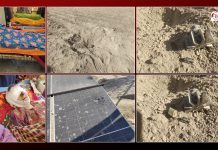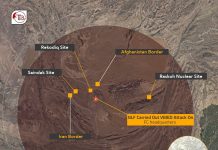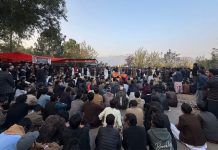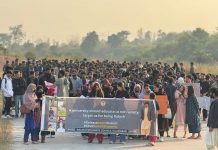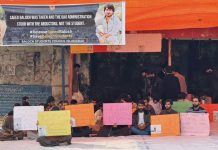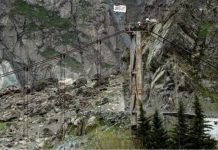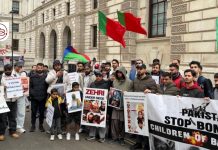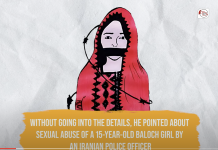Monsoon rains and flash floods have wreaked havoc across Balochistan, leaving 19 people dead, hundreds without shelter, and causing significant damage to infrastructure.
The heavy downpour, which began on July 20, has caused widespread devastation, particularly in the districts of Kalat, Jhal Magsi, Ziarat, and Sohbatpur.
The relentless rains have led to flash floods that have washed away roads, bridges, and other vital infrastructure, severing ground connections to several areas.
According to the Provincial Disaster Management Authority (PDMA), the rains have destroyed 433 houses, with 126 completely demolished. Over 3,000 people have been left homeless as a result. In addition, six bridges have been damaged, and lightning strikes have killed 131 livestock.
The meteorological department has warned of further rains as a powerful monsoon system continues to affect northeastern Balochistan. The department has forecasted rain in several areas, including Zhob, Barkhan, Musakhel, Sherani, Loralai, Sibi, Ziarat, Lasbela, Kalat, Khuzdar, and parts of Naseerabad.
In the past 24 hours, Kalat recorded 48 mm of rain, Usta Muhammad 21 mm, and Quetta 10 mm, according to the PDMA.
The floods have also impacted transportation, with 31 kilometers of roads damaged and train services disrupted. In Noshki and Bela, floodwaters have cut off connections to dozens of villages, severely damaging crops and making it difficult for residents to access essential services.
Rivers in the region, including Bolan, Nari Gaj, Lehri, and Mola, are in high flood, posing further risks to settlements in Sibi, Kachhi, Nasirabad, Jhal Magsi, and other areas.
In addition to the human casualties, the floods have ravaged agricultural lands, destroying crops on 97 acres and threatening food security in the region.





